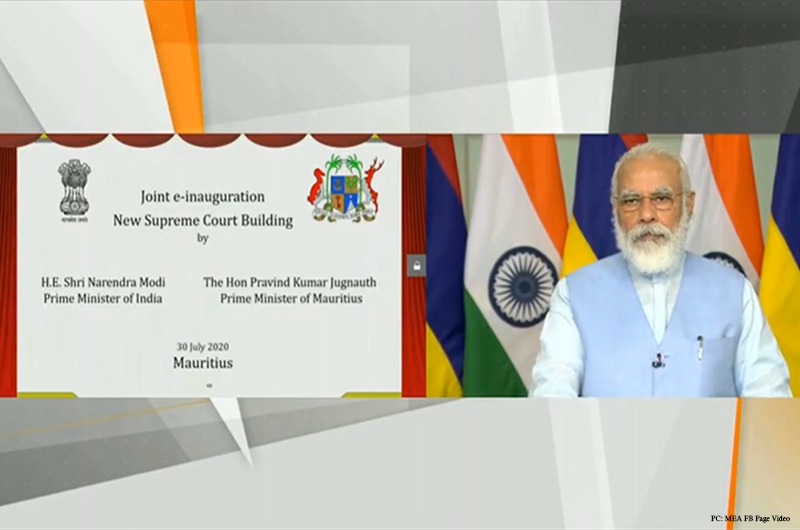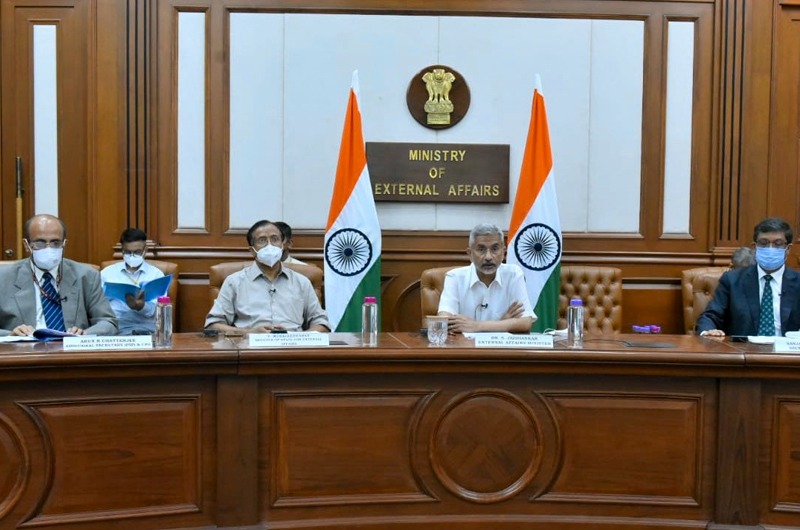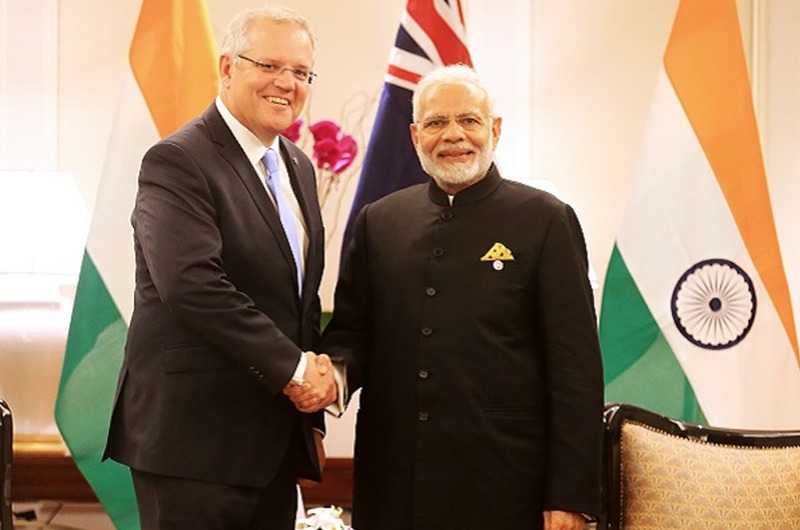

Japanese Prime Minister Shinzo Abe will be arriving in Ahmedabad this afternoon for a two-day visit to attend the annual summit between the two countries.
This is the fourth summit meeting between Prime Minister Narendra Modi and his Japanese counterpart Shinzo Abe. The visit is part of an agreement between the leaders to make alternating bilateral visits. Modi visited Japan in November last year.
Abe wants to reach an agreement with Modi to strengthen bilateral cooperation on maritime security, apparently to address China’s growing activities in the East and South China seas and the Indian Ocean, the sources said.
Here are the key takeaways about the visit:
The Modi-Abe bonhomie
Japanese Prime Minister Abe is being given a public reception. From the airport Abe will be taken on a roadshow, rarest of rare welcome, accorded to a visiting dignitary. The 8-km route has been decked up to welcome the two leaders. Modi will host Abe and his wife at terrace restaurant Agashiye, at the heritage hotel House of Mangaldas and Girdhardas.
Bullet train
Prime Minister Narendra Modi and Japanese PM Shinzo Abe will lay the foundation for the country’s first high-speed train project in Ahmedabad on Thursday.
According to the details of the project, the Mumbai-Ahmedabad High Speed Rail will be passing through two States, Maharashtra (155.642 km) and Gujarat (350.530 km) and one Union Territory of Dadra and Nagar Haveli (2 km). The double-track project involves 21 km of tunnel with seven km under sea at Thane Creek in Mumbai. Once complete, the train will reduce travel time between the two cities to around 2 hours from the existing 7 hours.
India has pledged to build high-speed railways focused on the four major cities of Delhi, Mumbai, Kolkata and Chennai.
Development cooperation
Japan has expressed its willingness to scale up its partnership in key flagship projects such as Make in India, Skill India and the Clean Ganga Mission. India would benefit from Japanese technology on various sectors and now the government is focused on expanding the Japanese aid to areas such as environment protection, sewage building, and forest protection. Prime Minister Narendra Modi has already stressed the importance of Northeast India in India’s Act east policy and the government is building infrastructure so that Northeast India emerges as important hub in India’s engagement with South East Asian countries. In this regard, Japan has already expressed its interest to expand the development cooperation to the north eastern parts of India.
Strategic and military cooperation
In the current scenario, Japan and India need each other to contain the rise of China. The two countries are also part of a trilateral military exercise with US (Malabar exercise) and efforts are on to expand the cooperation into joint defence production.
Investment in Gujarat
The current Japanese investment in Gujarat is close to USD one billion and is expected to reach USD three billion by 2020. Gujarat government is setting up a brand new “Japanese Industrial Park” on the Delhi-Mumbai Industrial Corridor (DMIC) passing through Ahmedabad because the existing “Japanese Industrial Park” near Mandal in Ahmedabad district has saturated.
It is expected that as many as fifteen Japanese firms would sign agreements to invest in Gujarat during Japanese Prime Minister Shinzo Abe’s visit, while the state would also get a cheaper loan for infrastructure development from Japan International Cooperation Agency (JICA).
An agreement between JICA and the Gujarat Maritime Board for developing the Alang shipbuilding yard will also be on the table during Abe’s visit.
By: Sidharth Shekhar








